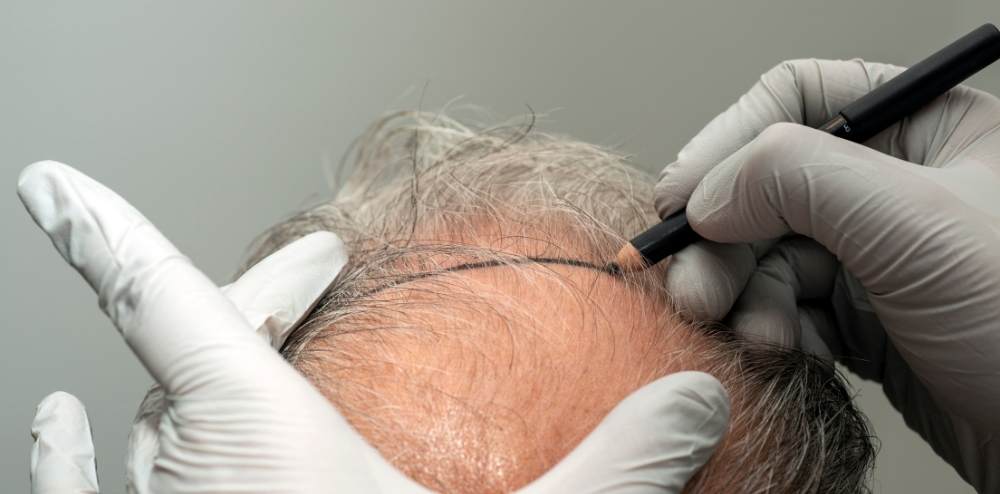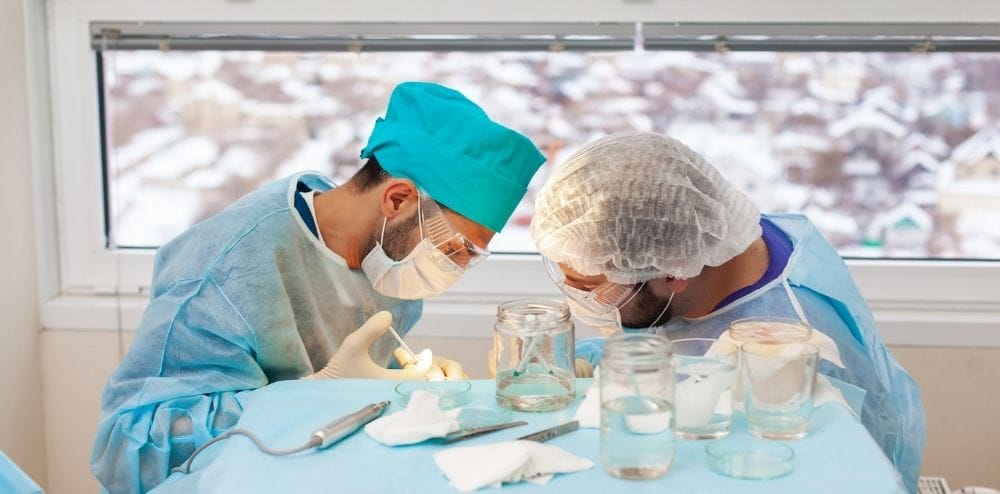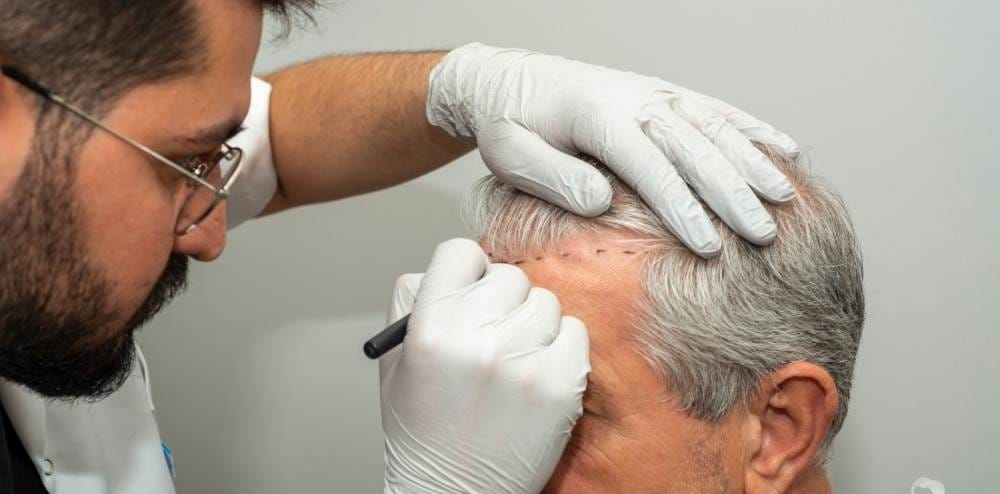Baldness is an annoying experience that reduces a person’s mood and self-esteem, and they feel shy about showing their heads. Thankfully, hair transplant surgery is a reality for those patients who wish to have a normal hairline and grow thick hair again. Now, let’s learn more about what a hair transplant actually means.
Hair transplantation is a plastic surgery process in which excess hair is taken from one part of the body ( the donor area ) and placed in the bald or thinning area ( the recipient site ). The aim is to give a natural look and feel that matches the existing hair of the particular patient.
There are two main types of hair transplant techniques
The two most popular techniques are FUE and DHI:
In FUE, hair is harvested follicle by follicle and then implanted in the affected area of the scalp.
DHI, on the other hand, allows follicle harvesting and implantation with the help of a Choi pen, which provides increased accuracy in the transplant and often faster healing.
If it is done under local anesthesia, as is common, it is not very painful at all. Recovery differs for every individual, but most can resume their normal routine in a couple of days. The grafted hair will eventually shed, but new hair starts growing after a couple of months; the final outcome is noticeable after 9 to 12 months.
Known principally owing to the efficiency of the results and the permanent outcomes, hair transplants have become very popular lately. From MPB, weak hair growth, or even hair loss from injury or surgery, transplant surgery provides a solid and permanent solution with guaranteed self-esteem and a boost in looks.
FUE vs. DHI: What Method is Best for You?
When considering a hair transplant, one of the most important decisions is choosing between the two primary methods: There are two methods: FUE – Follicular Unit Extraction and DHI – Direct Hair Implantation. Of the two techniques, both are popular, though the procedure, the time taken for recovery, and the outcomes that can be expected from the two differ.
Follicular Unit Extraction (FUE):
FUE is a more technically challenging technique through which follicular units are directly extracted from the donor area using a punch instrument and typically found in the back of the head. These follicles are then grafted onto the balding or thinning regions with the shape of a cone. Another advantage of FUE is that the sort of surgical strip left behind is narrow and virtually invisible as compared to a linear incision. It makes it a preferred choice for those who desire to shave their heads.
Direct Hair Implantation (DHI):
DHI is an improved approach requiring a unique instrument called the Choi pen. Compared to FUT, wherein hair follicles are extracted and implanted separately, DHI can give better placement of the hair follicles and faster recovery. While the operation might take a longer time than FUE, it has many advantages. For example, the direction, angle, and depth of the planted hair are precariously dictated by the surgeon, thus making it look very natural.
Which is Right for You?
Depending on their hair type, degree of baldness, and scarring, the majority of patients decided to undergo either FUE or DHI. FUE is perfect for those who prefer less scalp trauma and little scarring, while DHI would be preferred by those who require precision and natural hair angles.
It is essential to see a qualified hair transplant doctor for advice when making the right decision. They can evaluate your case and suggest which technique is compelling enough to help you get the desired outcome.



